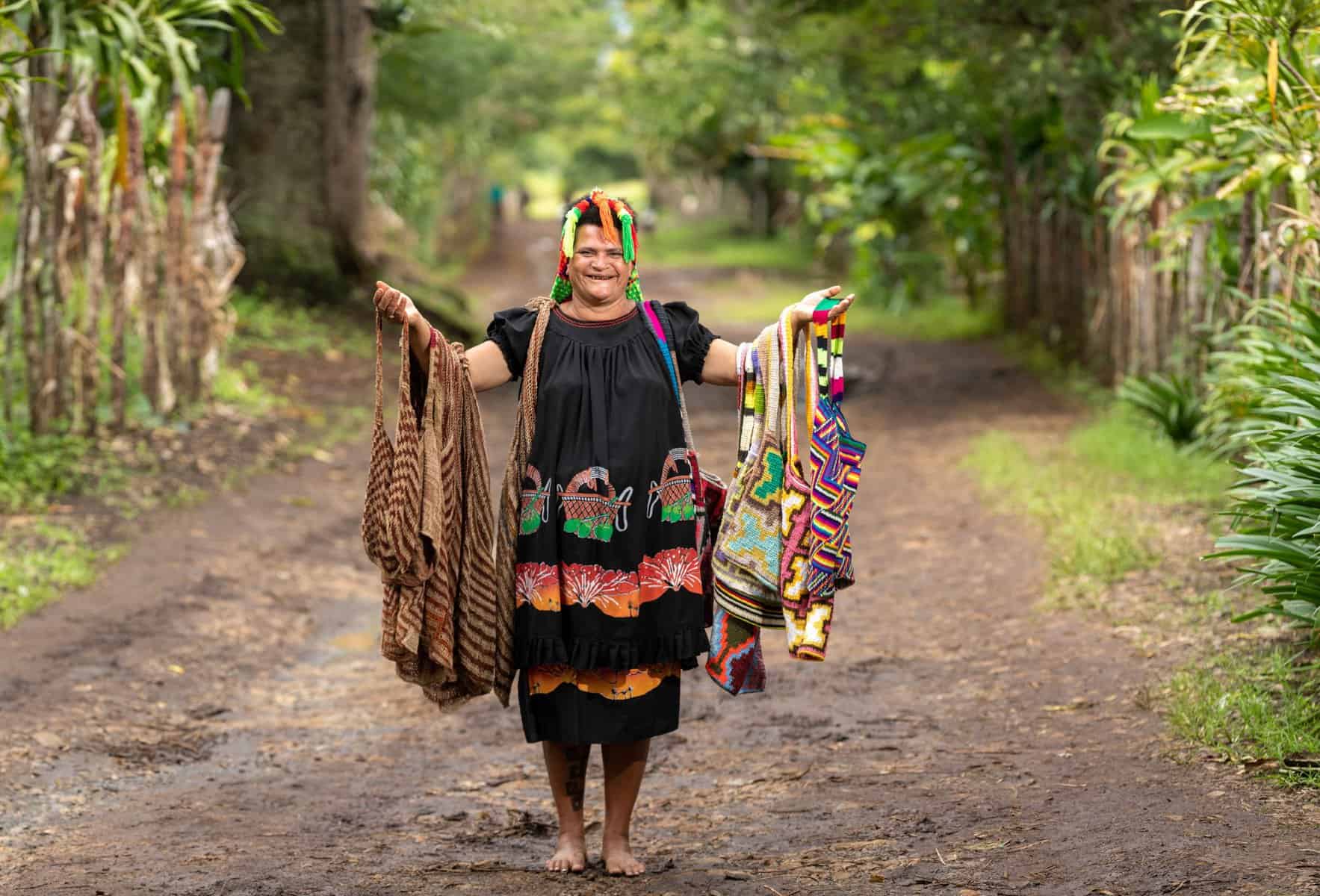Caleb Jarvis’ passion for Papua New Guinean art and craft started when he lived there as a young child, surrounded by, as he describes them, historical, functional, cultural and spiritual objects. “I lived in an environment where literally in every corner of the house was decorated, particularly with PNG arts.” Jarvis recalls.
As Pacific Trade Invest (PTI) Australia's Trade and Investment Commissioner, Jarvis translated that passion into “trying to work out how we could promote creative arts and artists from around the Pacific and help them to determine a livelihood through their arts. There was always . . .
Please Subscribe to view full content...
